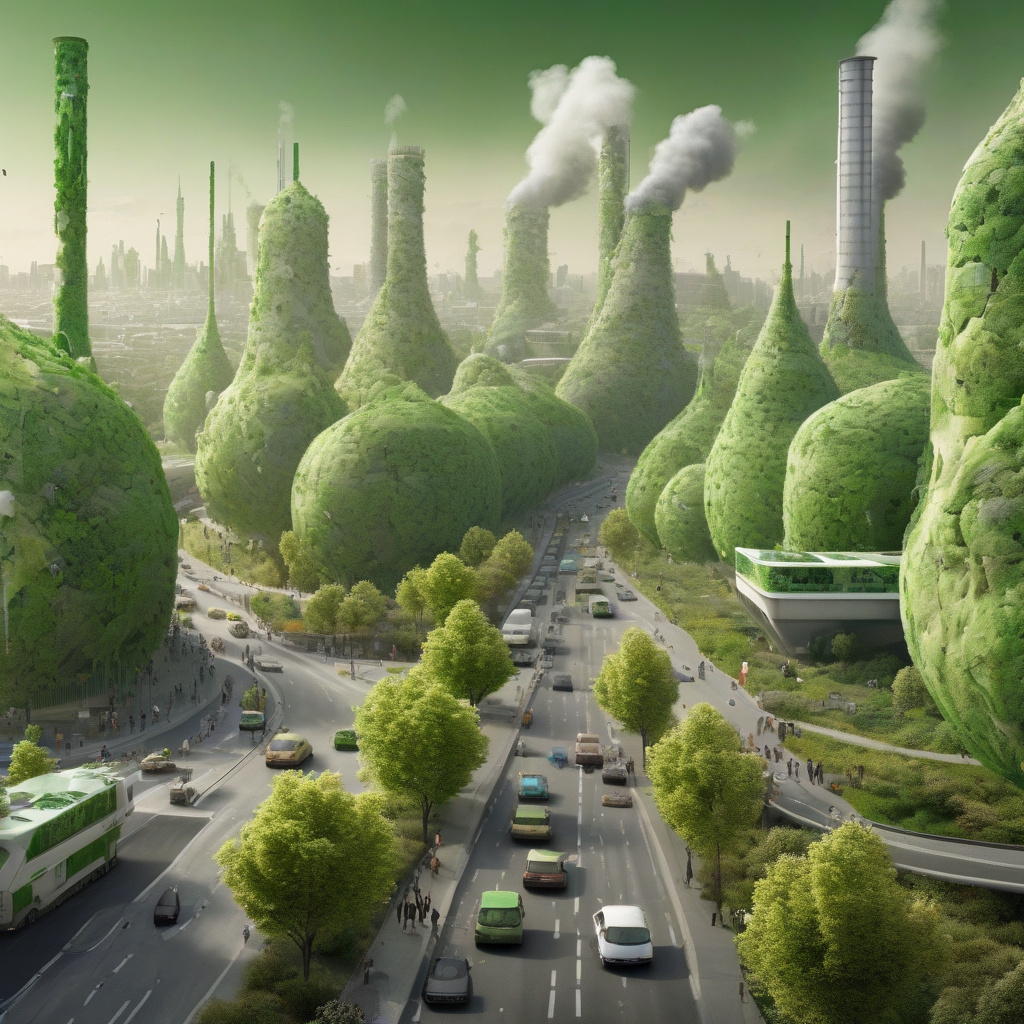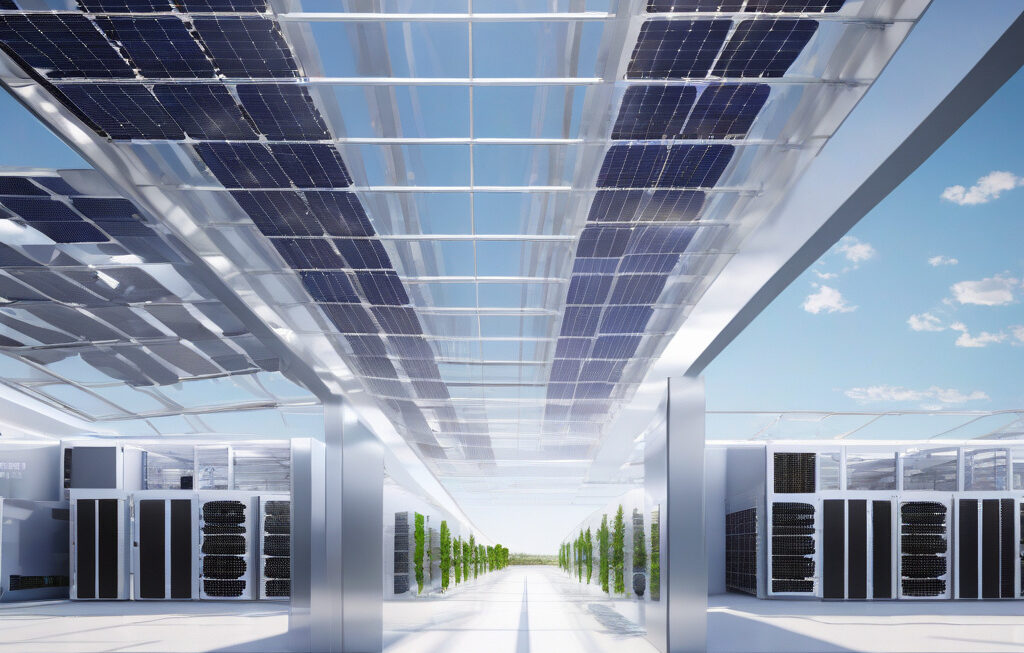Pollution in Europe: EU Reports Show Progress and Challenges towards 2030 Targets
Recent reports from the European Union shed light on the advancements made in tackling pollution across the continent. While there has been significant progress in reducing pollution levels, especially in areas such as air and water quality, the findings also underscore the persistent challenges that Europe faces in combating issues like noise pollution, microplastics, and waste management.
According to the latest EU reports, several key pollutants have seen a decrease in their levels, thanks to targeted policies and initiatives aimed at curbing emissions and improving environmental standards. Air quality, in particular, has shown improvements in many urban areas, with a noticeable reduction in harmful pollutants such as nitrogen dioxide and particulate matter. This progress can be attributed to measures like stricter emission standards for vehicles, the promotion of cleaner energy sources, and the implementation of low-emission zones in cities.
Furthermore, water quality in rivers, lakes, and coastal areas has also seen enhancements, thanks to efforts to reduce industrial discharges, improve wastewater treatment processes, and prevent agricultural runoff. These actions have not only benefited aquatic ecosystems but have also contributed to providing safer drinking water for communities across Europe.
Despite these positive developments, the reports highlight that certain types of pollution continue to pose significant challenges for the region. Noise pollution, for instance, remains a pervasive issue in many urban areas, affecting the health and well-being of residents. Measures to address noise pollution include soundproofing buildings, implementing noise barriers along transportation routes, and regulating noise levels from commercial activities.
Another pressing concern identified in the reports is the proliferation of microplastics in the environment. These tiny plastic particles, often found in oceans, rivers, and even in the air, pose a threat to marine life and human health. Efforts to tackle microplastic pollution involve promoting sustainable waste management practices, reducing single-use plastics, and developing innovative solutions to capture and remove microplastics from the environment.
Waste management, in general, continues to be a significant challenge for many European countries, with issues such as landfill overflow, inadequate recycling infrastructure, and illegal dumping persisting in some regions. To address these challenges, the EU has been working towards a circular economy model that promotes resource efficiency, waste reduction, and recycling. By encouraging the adoption of sustainable consumption and production practices, the EU aims to minimize waste generation and maximize the reuse of materials.
In conclusion, while the EU reports demonstrate commendable progress in reducing pollution levels across Europe, they also emphasize the need for continued efforts to address persistent challenges such as noise pollution, microplastics, and waste management. By implementing targeted policies, fostering innovation, and promoting sustainable practices, the EU can move closer towards achieving its 2030 pollution reduction targets and creating a cleaner, healthier environment for all.
#EU, #pollution, #environment, #sustainability, #Europe












